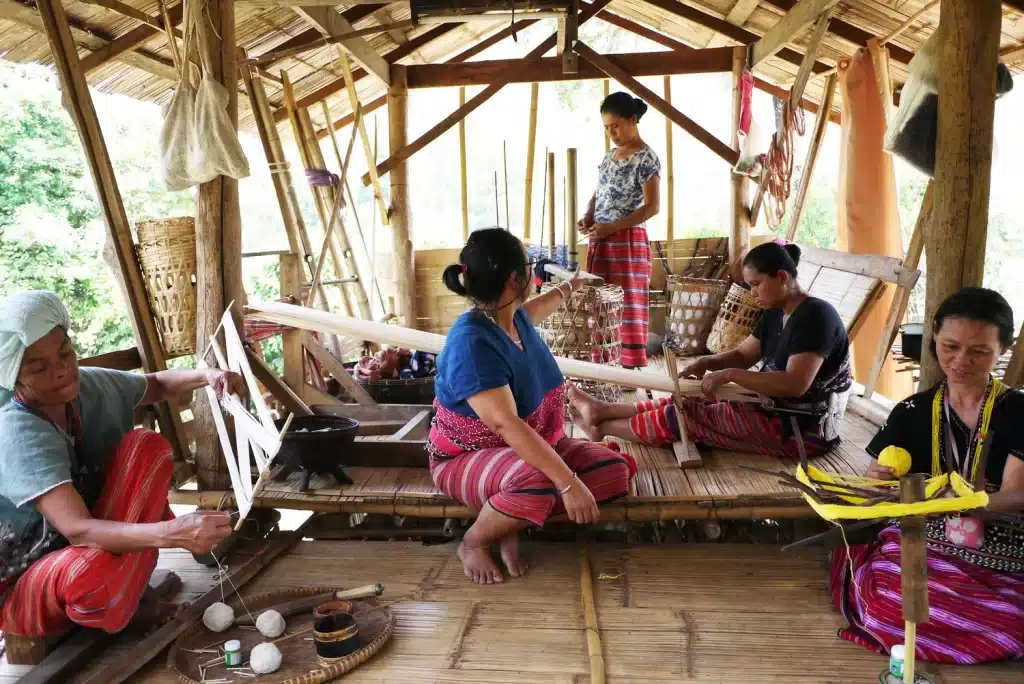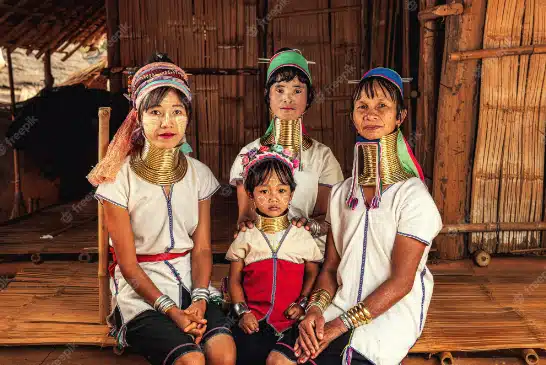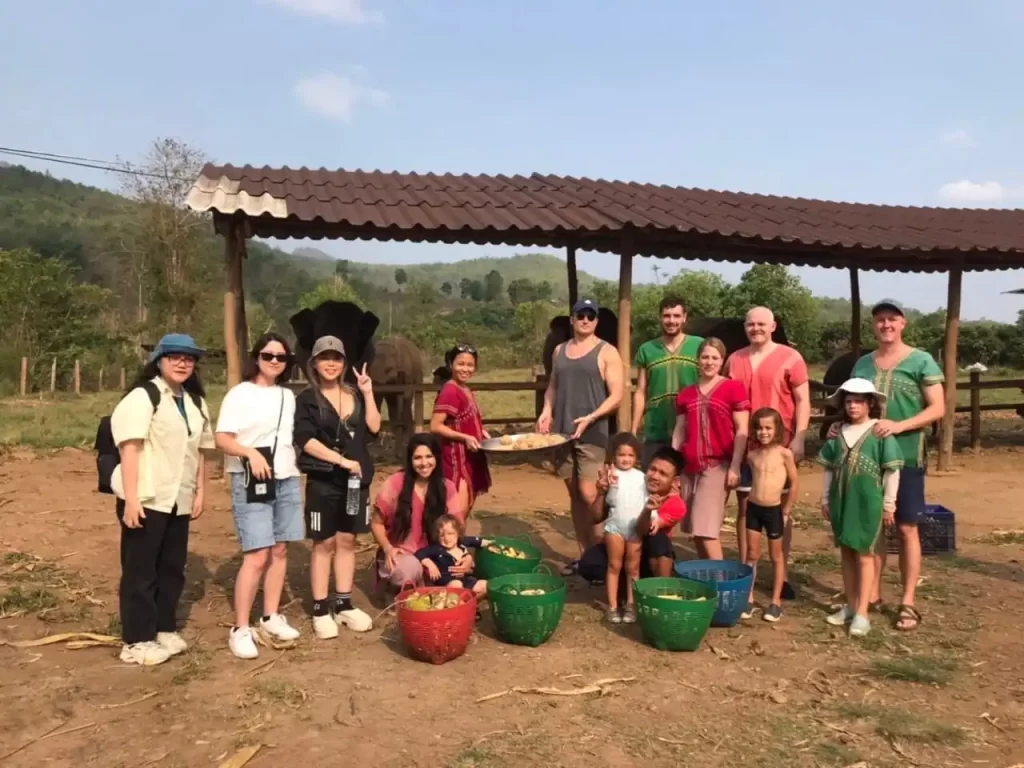Unveiling the Cultural Significance of Thai Karen Clothes
Thai Karen clothes hold a deep cultural significance in the rich tapestry of Thai ethnic traditions. The Karen people, one of Thailand’s largest ethnic minority groups, have a unique clothing style that reflects their identity, beliefs, and values. These clothes serve as a means of self-expression and tell fascinating stories of the Karen community’s history, migration, and cultural heritage. In this article, we will explore the cultural significance of Thai Karen clothes, examining their historical roots, symbolic meanings, and contemporary relevance.
Historical Roots
The Karen is an indigenous ethnic group from Myanmar (formerly known as Burma) with deep historical ties to Thailand. They have a distinct language, culture, and traditional practices passed down through generations. Thai Karen clothes bear the imprint of this rich history, reflecting their adaptation to different environments and their interactions with neighboring communities.

Symbolic Meanings-Thai Karen Clothes
Thai Karen clothes are more than just garments; they carry symbolic meanings that reflect the Karen people’s values, beliefs, and way of life. Each element of the clothing represents something significant in their cultural and spiritual understanding. The Thai Karen clothes consist of various components that hold deep symbolic significance.
The traditional Karen outfit typically includes a long-sleeved tunic, known as “pa-soh,” adorned with intricate embroidered patterns. These patterns serve as visual storytelling, depicting the Karen people’s connection to nature, history, and ancestral spirits.
The colors used in the embroidery also hold special meaning. For example, red represents vitality and strength, while blue symbolizes peace and tranquility. The combination of colors and patterns on the pa-soh varies among different Karen subgroups, further highlighting the diversity within the Karen culture. Another essential part of the Karen attire is the woven skirt, called “phase-nung.”
This garment is intricately woven using a backstrap loom and often incorporates vibrant colors and geometric designs. Weaving the skirt requires great skill and patience, typically passed down from generation to generation.
The phase-nung serves as a symbol of the Karen people’s weaving tradition and their deep connection to the land. Additionally, accessories play a significant role in completing the Thai Karen ensemble. Women often wear silver or brass necklaces, bracelets, and earrings, believed to ward off evil spirits and bring good luck. These accessories are decorative and serve as a form of protection and spiritual connection.
The Thai Karen clothes reflect the Karen culture’s rich heritage and spiritual beliefs. Each element of the attire carries a unique symbolism that speaks to the values, beliefs, and way of life of the Karen people. Wearing these traditional garments is not just about fashion; it is a way for the Karen community to express their identity and celebrate their cultural roots.


Contemporary Relevance
While Thai Karen clothes have deep historical and cultural roots, they hold immense relevance in contemporary times. Despite the increasing influence of modern fashion, the Karen people have tried to preserve and promote their traditional clothing.
Preserving the Tradition
Preserving the tradition of Thai Karen clothes is crucial for maintaining the cultural identity and heritage of the Karen people. Efforts are being made to pass on the knowledge of dyeing, weaving, and embroidery to younger generations through community-based programs and educational initiatives.
Conclusion
Thai Karen clothes represent much more than just a fashion statement. They are a testament to the rich cultural heritage, history, and beliefs of the Karen people. The intricate designs, vibrant colors, and meticulous craftsmanship reflect the Karen community’s deep connection with nature and understanding of the world. In a rapidly changing world, preserving and promoting Thai Karen clothes are crucial in maintaining cultural diversity, fostering cultural pride, and celebrating the richness of Thailand’s ethnic tapestry. Please click here to visit our booking page.



